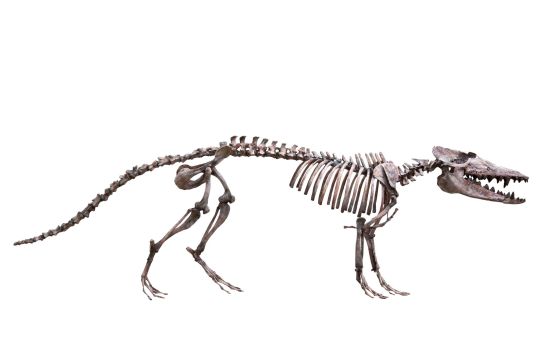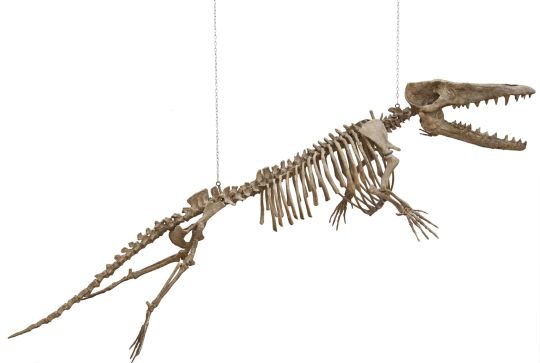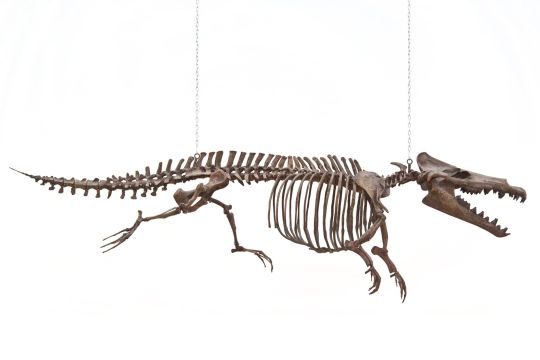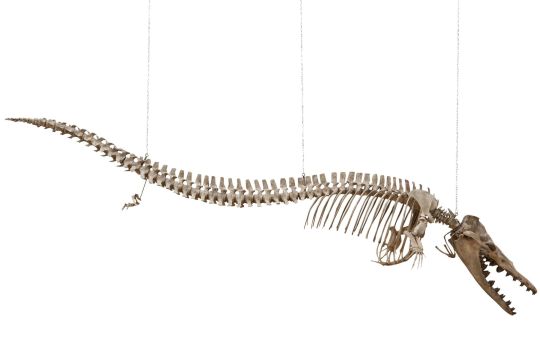Don't wanna be here? Send us removal request.
Video
youtube
(via Wild Whale Sees a Diver Spinning and Decides to Join Him! (VIDEO))
22 notes
·
View notes
Note
Hi, I love your blogs and I was wondering if there are any encyclopedias or any books that are related to all sorts of animals like the anatomy of every animal species. I've been searching for these books in local bookstores in my country, but most of them are only about the location of where they are from. I really would like to expand my knowledge so I was hoping if you are not busy you could recommend some to me if that is alright with you.
Textbook of Veterinary Anatomy, 4th Edition, by Dyce, Sack, and Wensing is a good one for dogs, cats, horses, cattle, and even pigs and chickens.
Reptile Medicine and Surgery by Douglas Mader is not strictly an anatomy book but has a great anatomy section that discusses snakes, chelonians, lizards, and amphibians.
There is also a Veterinary Anatomy Coloring book published by Saunders that has good drawings that you can color in yourself.
22 notes
·
View notes
Photo

trying to flesh out Ambulocetus… looking at anatomical illustrations of hippos, cows and deer! i’m going to give it fur like a seal or sea lion, as they didn’t have any blubber (that i’m aware of) and a bald 10 foot long aquatic mammal doesn’t make sense to me
86 notes
·
View notes
Photo

Fleshing out Ambulocetus... here I have references of hippos, a leopard seal, and illustrations from the online database. I’m trying to map out its muscles at the moment.
4 notes
·
View notes
Photo





Lion anatomy... I’m looking at these ungulate anatomical illustrations for my restorations of Ambulocetus and other Eocene whales
3 notes
·
View notes
Photo




Pakicetus, Ambulocetus, Maiacetus and Dorudon, from the LWL Museum of Natural History exhibition “Whales- Giants of the Seas” 2012-2013
3K notes
·
View notes
Text
Research Report: Proposal
Bethany Vargeson
Paragraph 1: I want to explore the relationship between palaeoillustration/palaeoart and palaeontology, with the title possibly being: “What is the importance of palaeoart to the field of palaeontology?” “To what degree is the contribution of palaeoart to the field of palaeontology either positive or negative?” “How different is the use of palaeoart in mainstream media in comparison with palaeoart in the scientific community?” I’ve chosen this subject because it’s always interested me and I want to improve my palaeoillustration work to the point that it’s valuable scientifically to the palaeontology community.
Paragraph 2:
Introduction of palaoillustration in conjunction with the development of palaeontology as a science. Look at its scientific importance… accuracy? Why was historical palaeoillustration so inaccurate? Was it still valuable to science?
Development of palaeoillustration alongside modern palaeontology… how much has accuracy improved? The journey of feathered dinosaurs in palaeoart and the controversy surrounding it- why is it controversial to portray accurate science?
Paragraph 3:
Different styles used in palaeontology… realism vs. stylised. Stylised art is good for informal publications, things like children’s books that don’t have to be overly scientific, but wouldn’t be any good in scientific publications. Depends on audience and context, must match. The value of palaeoart depends on how well it portrays the animal/s in question, can’t be inaccurate but doesn’t always have to be created in complete realism- think of art of modern animals, not all of it is completely realistic (cartoons, different styles). Why not? But we can tell immediately if something is inaccurate- like drawing a tiger with a lion’s mane, or a horse with paws instead of hooves. Why doesn’t this matter so much for palaeoart? People are willing to excuse bad palaeoart.
Paragraph 4:
The use of palaeoart in the media- how often is it inaccurate, and on purpose (Jurassic World)? How is this harming palaeontology, if at all?
(Reference Hans Thewissen, The Walking Whales, excerpt on Walking With Beasts and their insistence on inaccuracy).
Paragraph 5:
I think my conclusion will find that, depending on which title I choose:
- Palaeoart is very important to the scientific community. -The contribution of palaeoart to the scientific community is positive and negative. Accurate art made FOR science (audience) is usually very positive, whilst art made outside of science for the media and entertainment (audience) tends to be negative, whether that was its intention or not. -Palaeoart made for both of these audiences is very different- art made for the media is usually exaggerated and focuses on being as shocking as possible, with little regard to accuracy. In contrast, art made for the scientific community focuses on accuracy as its most important point.
2 notes
·
View notes
Photo








Whales and Dolphins, by Dr Anthony R. Martin
Illustrations by Bruce Pearson
2 notes
·
View notes
Photo

A New York whaleman’s drawing of a sperm whale, ca. 1810.
211 notes
·
View notes
Photo

Drawing of a whale’s head being hoisted upward, from the journal of Rodolphus W. Dexter, kept aboard the bark Chili in the early 1860s. Courtesy the New Bedford Whaling Museum.
202 notes
·
View notes
Photo

This is the latest artwork I’ve produced, it’s the asymmetrical skull of a pygmy sperm whale (front view). Their nares have developed that way to form the blowhole, as is the way with all toothed whales.
This one is getting framed and will be submitted for a show in Salem, Oregon this summer.
41 notes
·
View notes









